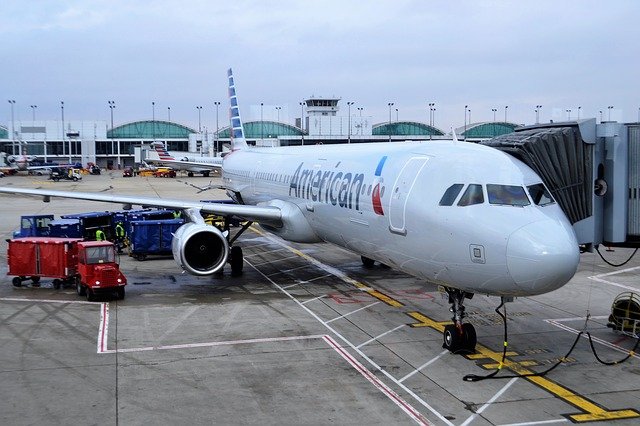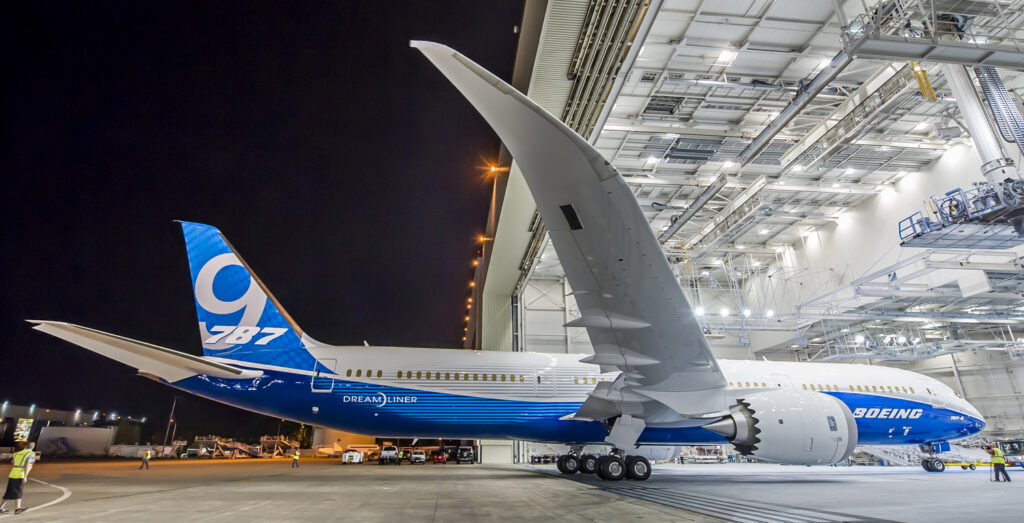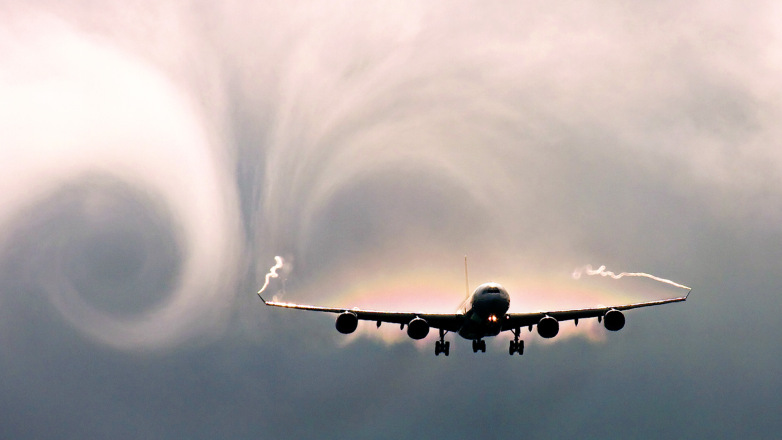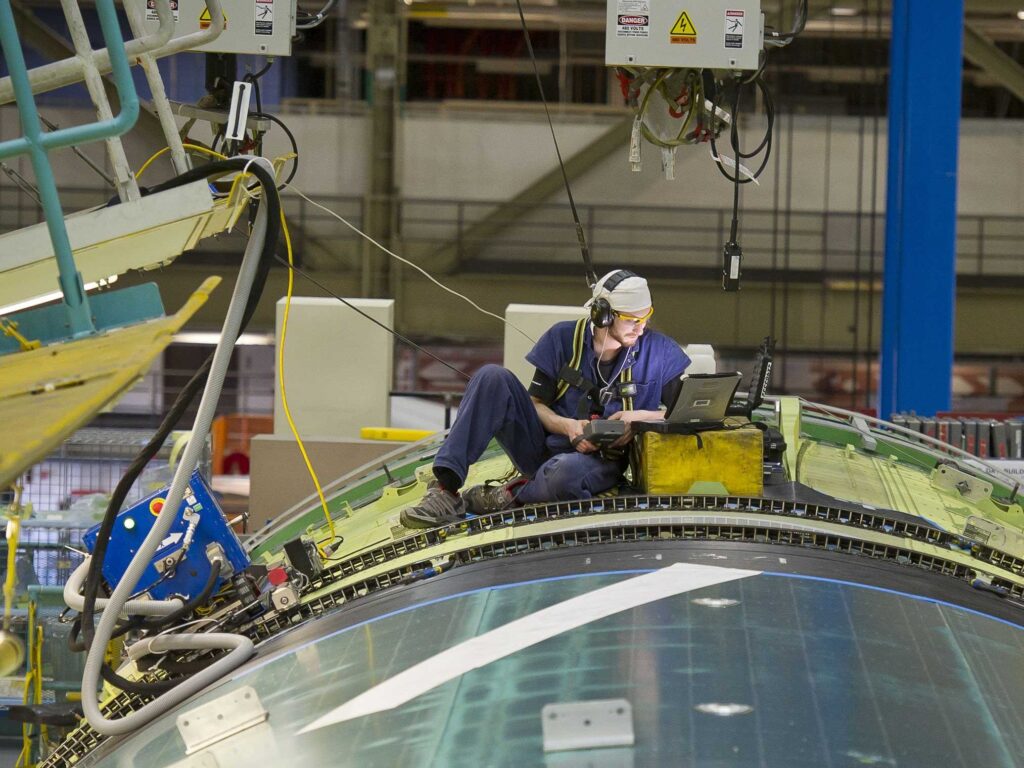Aerospace design is helping humans
If you think Jet Lag is an unavoidable curse on long-haul travel. Think again.
There is one way to drastically reduce the effect. You may even have experienced it already, by being flown on an aircraft that minimizes the effects.
A long-haul flight is anything over 4 hours. If you are reading this article and about to get one – you may want to put down that Sauvignon Blanc or else, ask for a refill.

We know flying is hard on the body, with Jet lag being the most profound effect on longer durations. But help is at hand and it’s in the form of two new Wide-body aircraft.
Boeing B787 and Airbus A350
Now, while being able to choose the type of aircraft can help you enormously, we know it’s not always possible. Especially as you shop primarily for cheaper fares – but knowing which airlines operate which aircraft should be priority number 2.
If you are a frequent flier, putting in hundreds of long-haul hours per year, there are several health benefits to newer wide bodies that save you a few more days of sleepless nights. So, grab a criminally flimsy hot towel and a glass of budget prosecco and join us while we help you pick your aircraft.
What’s going on up there?
So, we are talking about you and me. And we all know the numero uno killer is heart disease. An FAA report found that most older people are already somewhat hypoxic, but when you are at cabin altitude, both your breathing rate and heart rate are elevated and stressed. Both the B787 and the 350 lower these stresses, and more.
That’s a significant difference, especially if you are an older or vulnerable person. According to the WHO, between the years 2000 and 2050, the number of people on the planet over sixty will triple (WHO, 2018).

The Reason: The Fuselage
Both the B787 and the A350 have COMPOSITE fuselages. Not aluminum. For the B787, a single piece of Carbon Fiber Reinforced Plastic (CFRP) is cooked in a huge oven to build the main fuselage. Why?
Weight reduction primarily, which delivers better fuel efficiency, CFRP has several other benefits. The single-piece can withstand higher pressures than its stitched-together aluminum parents and it doesn’t corrode.

A big threat to Aluminum is corrosion, so we must reduce the humidity in the cabin to protect the commercial life of the aircraft. We don’t need to do that with the CFRP, so we can increase the humidity levels making the experience better and less stressful physiologically.
Engine Evolution
Where the flying comes from, but also the power for all the aircraft systems, including the air conditioning packs that control the cabin environment. Older turbofan engines have an air bleed system where hot engine air is used to drive the AC packs.
Newer engines on the B787 drive electrical generators that power a much more efficient and better air system where the packs process colder air from an inlet on the aircraft skin. This system is only available on the B787, the A350 has the older breed engines.
Cabin Air Quality
The Result of the new fuselage structure and power (AC systems) is overall Cabin Air Quality. It’s quite the system and you can read the Airbus system here. The key takeaways for these upgraded systems are.
1. Contaminant control
2. Thermal Control
3. Pressure control
4. Noise and vibration
Extremely clean outside air is used by AC packs to deliver an unrivalled environment. Hospital Surgery levels of contaminant-free air are recycled every 3 minutes. Yes, 3 minutes. And that is not recycled air.
That is new air. The key elements are the HEPA filters, and I need to check fi they are available for my Bumble app. But the cabin air enters near the top of where you sit and exits near your footrest. So top to bottom, not forward of the cabin to the back or vice versa.

Cabin Lights & EDW’s
We know that the biggest contributor to jet lag is interference with your normal circadian rhythm. When we fly for 7 hours, say from Europe to New York, and only 2 hours have passed, the next time you will wake up will be 4 am.
What if there was some way that the aircraft itself knew where it was, what time it was, and could mimic the world outside according to its departed passengers?
The B787 and A350 do exactly that. Using cabin lighting and electronically dimmable windows without you really being aware, the aircraft subtly reflects the world inside as it should be on the outside, for you.
Find the Aircraft type
So how do you find these aircraft types? There are a couple of ways. You can use Flightradar24 to check the aircraft being used on that route today, or last week.
But there is no guarantee that the same aircraft type will be used the day you fly. As airlines can, and do, change aircraft on routes for a variety of reasons. There are also sites like Seatguru (by Tripadvisor) where you can check this option.
Jetlag Apps - Our Opinion
There are also several Jet lag apps that can be used that prompt you to stick with your departure circadian rhythm. These are.

New Departure
Travelling is stressful, with the flight itself being the part where these stresses peak, now that you’ve been given time to convince yourself that you left something plugged in at home. Some of us deal with stress better than others.
My dad would fall asleep as soon as the nose-wheel left the runway, but he was in the army, so could sleep on a garden gate. Others gladly take that welcome drink or two, and one other for their invisible friend.
When we arrive home from a city where we were out, wining and dining, crossing paths with hundreds of people on the streets, in the airports, in queues, we somehow always blame jet lag on colds or illnesses on catching something from that coughing lady up at 14-D.
It wasn’t. Now that masks are here for a while, that air quality on a B787 or A350 is going to be the best air you will ever breathe.


